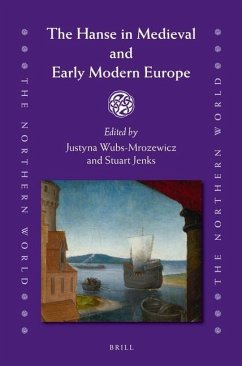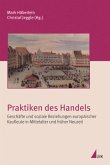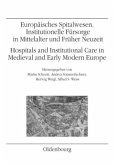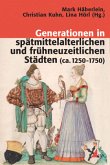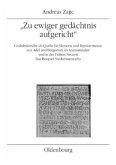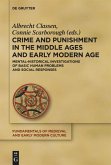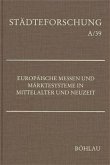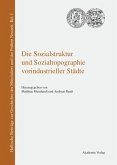The Hanse, an organization of towns and traders in medieval and early modern Europe,
was a unique phenomenon. At the same time, it was embedded in the northern European urban and mercantile culture. The contributions in this volume therefore seek to highlight the atypical features of the Hanse, and place them in a wider context of common roots, influences and parallel developments. New research is presented on the origin and growth of the Hanse, the organization of trade, legal history, interaction with non-Hansards and transitions in the Hanse in the early modern period. Moreover, the historiography of the Hanse, problems of source criticism and possibilities for future research are discussed. The volume is an inspiring guide to Hanse studies.
Contributors are Carsten Jahnke, Edda Frankot, Sofia Gustafsson, James M. Murray, Mike Burkhardt, Marie-Louise Pelus-Kaplan, Stuart Jenks, and Justyna Wubs-Mrozewicz.
Hinweis: Dieser Artikel kann nur an eine deutsche Lieferadresse ausgeliefert werden.
was a unique phenomenon. At the same time, it was embedded in the northern European urban and mercantile culture. The contributions in this volume therefore seek to highlight the atypical features of the Hanse, and place them in a wider context of common roots, influences and parallel developments. New research is presented on the origin and growth of the Hanse, the organization of trade, legal history, interaction with non-Hansards and transitions in the Hanse in the early modern period. Moreover, the historiography of the Hanse, problems of source criticism and possibilities for future research are discussed. The volume is an inspiring guide to Hanse studies.
Contributors are Carsten Jahnke, Edda Frankot, Sofia Gustafsson, James M. Murray, Mike Burkhardt, Marie-Louise Pelus-Kaplan, Stuart Jenks, and Justyna Wubs-Mrozewicz.
Hinweis: Dieser Artikel kann nur an eine deutsche Lieferadresse ausgeliefert werden.

